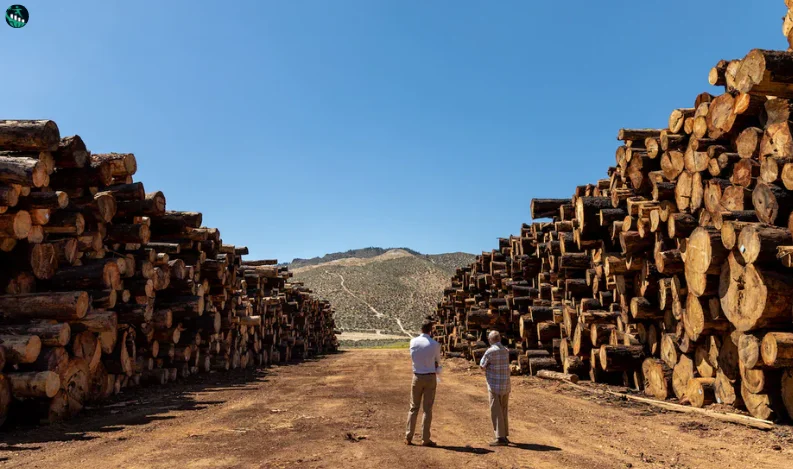
Trump’s Proposed Tariffs Add to Inflationary Pressures on US Lumber Prices
Washington, D.C.: The U.S. lumber market, already under strain due to reduced production in Canada, faces further turbulence as President-elect Donald Trump announced plans to impose 25% tariffs on goods from Canada and Mexico. The proposed tariffs, intended to pressure both nations to curb fentanyl trafficking and unauthorized migration, could drive lumber prices higher, compounding inflationary pressures.
On Tuesday, lumber futures in Chicago climbed 2.1% to $599 per 1,000 board feet following Trump's social media announcement. Meanwhile, Canadian forestry companies such as West Fraser Timber Co. and Interfor Corp. saw a drop in their shares.
Impact on Lumber Supply and Housing Affordability
Canada, the U.S.'s largest foreign supplier of lumber, has already been grappling with sawmill closures due to elevated duties. The proposed tariffs would exacerbate supply shortages, threatening affordability in an already strained U.S. housing market.
“Tariffs like these reduce supply and push prices higher, directly impacting housing affordability,” said Kurt Niquidet, chief economist at the BC Council of Forest Industries. Niquidet noted that while duties are reassessed annually, tariffs add an additional layer of financial uncertainty for Canadian producers.
In the U.S., the National Association of Home Builders echoed these concerns. “These tariffs will further intensify the housing affordability crisis," said Jim Tobin, the association’s president. He warned that the market was already bracing for price spikes due to rising housing demand.
Rebuilding Efforts Strain Lumber Demand
The U.S. has become increasingly self-reliant in lumber production, but still depends on imports from Canada to meet domestic demand, particularly after natural disasters. Recent hurricanes, including Hurricane Helene in September, caused significant damage to forests in the U.S. South. Georgia alone lost 1.47 million acres of forest, amounting to $1.28 billion in damages, according to the Georgia Forestry Commission.
Post-hurricane rebuilding efforts in the South have been slow but are expected to drive strong lumber sales through late December and into early 2025. However, the added cost pressures from tariffs could hinder construction activities and delay projects further.
Economic and Industry Outlook
While rebuilding efforts are gaining momentum, the proposed tariffs could introduce new challenges for both Canadian suppliers and U.S. builders. Crystal Gauvin, a senior economist at Forest Economic Advisors, predicts robust lumber demand through the end of the year but warns that higher prices may weigh on the affordability of new housing projects.
The tariffs, if implemented, risk inflating costs in a market already contending with supply chain disruptions, natural disaster recovery, and inflationary trends. As policymakers deliberate on their next moves, the U.S. housing market braces for further price volatility.



Recent Comments: